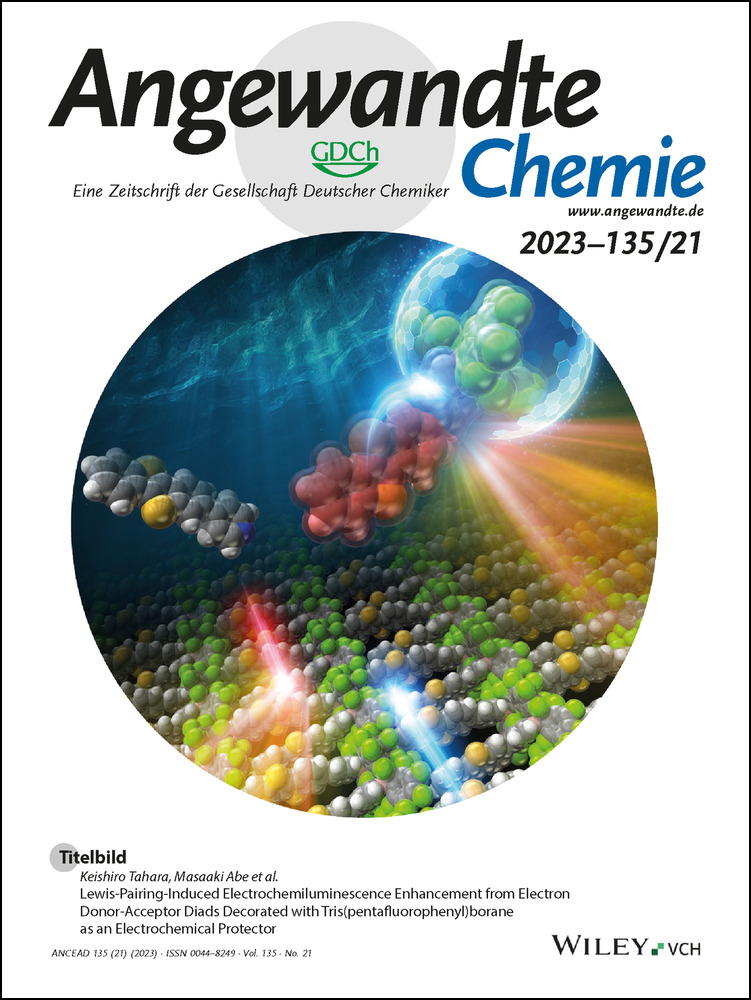Stable Immobilization of Nickel Ions on Covalent Organic Frameworks for Panchromatic Photocatalytic Hydrogen Evolution
Abstract
Post-coordination design on covalent organic frameworks (COFs) is an efficient strategy for elevating the photocatalytic activity of organic moiety. However, the rigid skeletons and densely layered stacking of two-dimensional (2D) COFs cannot be flexibly adapted for specific conformations of metal complexes, thereby impairing the metal-COF cooperation. Here, we adopt a solvothermal method to immobilize nickel(II) ions into a 2,2′-bipyridine-containing 2D COF, forming a stable coordination motif. Such the complex remarkably enhances the photocatalytic performance, giving an optimized H2 evolution rate of as high as 51 300 μmol h−1 g−1, 2.5 times higher than the pristine COF. The evolved hydrogen gas can also be detected upon 700-nm light irradiation, while its analog synthesized by the traditional coordination method is photo-catalytically inert. This work provides a strategy for optimizing the metal-COF coordination system and strengthening a synergy for electronic regulation in photocatalysis.
Conflict of interest
The authors declare no conflict of interest.
Open Research
Data Availability Statement
The data that support the findings of this study are available from the corresponding author upon reasonable request.




